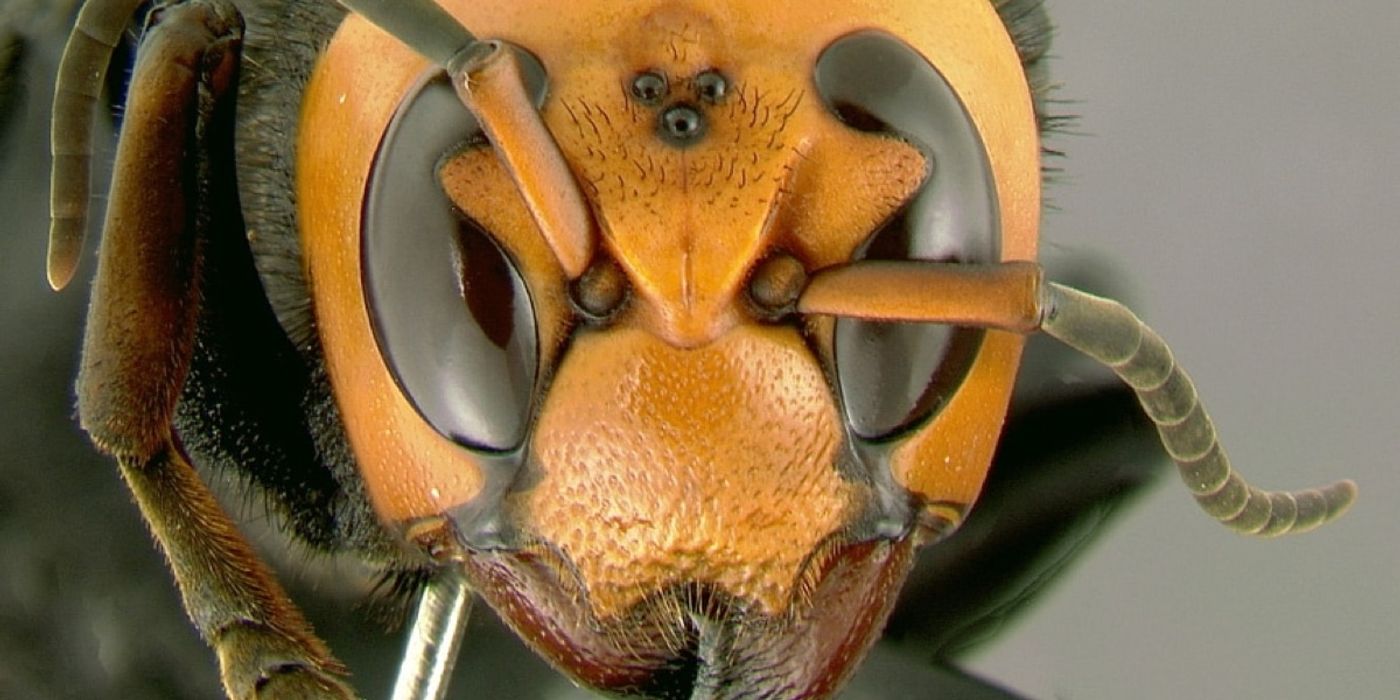'Murder Hornets' Are Now in the U.S., So Now What?
Most people cringe at the thought of getting stung by a bee, let alone hornets or wasps, with the latter tending to be more hostile toward humans. But the vast majority of these stinging insects that Americans are accustomed to seeing in their backyards are small, and relatively harmless. That is… assuming you don’t have an allergy.
Image Credit: Gary Alpert via Wikipedia
Still, that fact alone isn’t enough to calm most peoples’ nerves when a flying, yellow-jacketed insect with black stripes approaches. But if you can’t overcome the fear of such tiny stinging insects, then however will you cope with the thought of the Asian giant hornet, an infamously painful stinging insect from the Eastern world, making its first rounds in the United States?
Nope that’s not an exaggeration. The Asian giant hornet, also known by some as the ‘murder hornet,’ was spotted in the United States for the first time, more specifically, in Washington state.
Related: Study investigates why people seem to like honeybees and dislike wasps
Capable of growing more than two inches in length, the murder hornet sports an unmistakable appetite for honeybees, and camps near hives for the sole purpose of devastating them. Perhaps unsurprisingly, the circumstances raise conservation concerns for American honeybee populations.
But if that thought wasn’t terrifying enough, the nickname ‘murder hornet’ isn’t accidental; in fact, it’s a testament to the insect’s might. Enjoying the title as the world’s largest hornet, the murder hornet’s sting (and bite) are each excruciatingly painful. Furthermore, its venom is a potent neurotoxin that can actually kill humans.
To be fair, it would likely take more than one sting for the average person to succumb to the neurotoxin, but those with allergies would be far worse off. Even if you did survive, you would experience what is considered one of the most painful stings in the insect kingdom. Some who’ve survived the sting have described it as tantamount to having scalding-hot metal driven through your skin.
These hornets definitely aren’t a friendly force to be reckoned with; but some entomologists believe their threat is relatively low. The primary argument is that there aren’t enough of these hornets in the United States to do any real damage to humanity. This same fact can be applied to honeybee conservation concerns – there simply aren’t enough of these hornets to go gobbling up our honey suppliers either.
Related: Even newer, ‘safer’ pesticides pose a risk to bees, study finds
So we’ll chalk this up as a slurry of both good news and bad news. A threat to humanity or honeybees or not, we probably wouldn’t advise poking around with one of these nasty insects in the wild if you do happen to be unfortunate enough to come across one. We can almost assure you that it won’t be pretty.
Source: Business Insider









